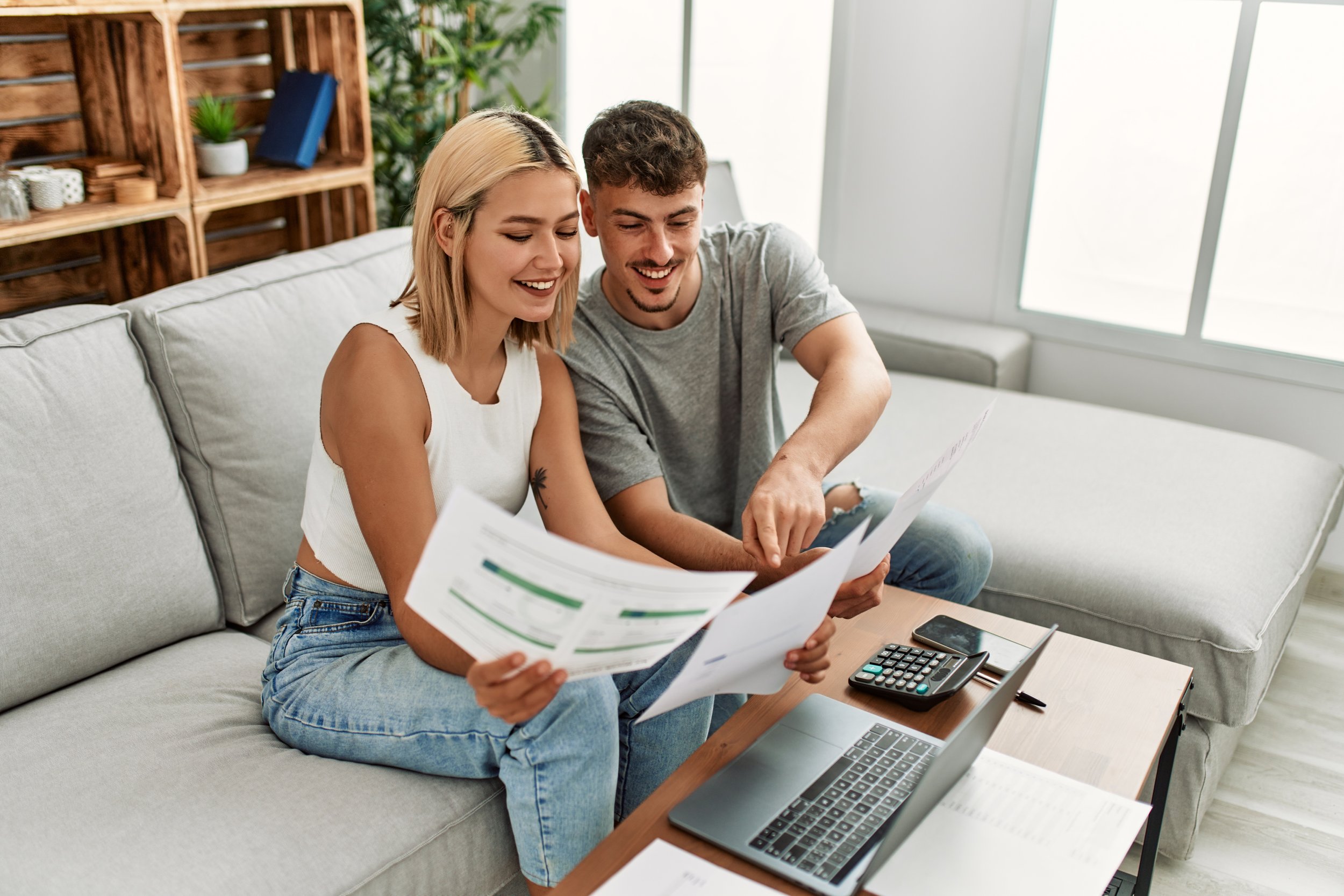Two Ways You Can Help RUNX1 Research Without Leaving Home
By Dr. Amanda Eggen
If you or someone in your family is living with RUNX1-FPD, there are two important ways you can help move research forward from your home. Through the RUNX1 Research Portal, you can easily join both the RUNX1 Patient Data Hub (PDH) and the RUNX1 Patient Tissue Bank.
These studies work together to give researchers the information they need to better understand RUNX1-FPD and improve care for everyone affected by it. And with one simple sign-up, you can contribute to both. You can enroll and take part entirely from home, using just a computer and internet access.
What You Share Matters
The RUNX1 Patient Data Hub (PDH) gathers your health experiences, symptoms, and quality-of-life information to help researchers, doctors, and families better understand the full impact of RUNX1-FPD on patients’ lives. Your input fills in important details that medical records may leave out.
Why It Counts
Patient data registries are a powerful tool in rare disease research. A 2023 review in the Orphanet Journal of Rare Diseases explains how registries like the PDH help track how diseases change over time, guide care decisions, and ensure patients’ voices shape research (Hageman et al., 2023).
We’ve already seen how helpful this information can be. In just the last few months, patients and families have asked questions, and we’ve been able to provide some preliminary data, though we need more individuals to enroll and return to their accounts to finish entering their data to have a more complete understanding of these:
How common is hypothyroidism for those with RUNX1-FPD?
7% of those in the PDH indicate they have hypothyroidism. As a comparison, NIDDK reports that 5% of Americans over the age of 12 have hypothyroidism (Hypothyroidism (Underactive Thyroid) - NIDDK).
How many with RUNX1-FPD have kidney dysfunction?
Only 1 person, or 1.8% of the 57 who have responded to the surveys, indicate kidney dysfunction. As a comparison, 24.71% of Americans experience kidney disease (View Full Results | All of Us Public Data Browser)
I have infections often. Could frequent infections be related to RUNX1-FPD?
7 out of the 57 (or 12.2%) individuals in the PDH have indicated they have recurrent infections.
Could the dysmotility issues (impaired digestive system muscles) in my family be connected to RUNX1-FPD?
Only 1 person, or 1.8% of the 57 who have responded to the surveys, indicate dysmotility issues with digestion. This is comparable to the rates found in the general public, which suggests this may not be linked to RUNX1-FPD (View Full Results | All of Us Public Data Browser.)
Thanks to the PDH, we’ve been able to explore potential answers using real numbers from the 57 people who have completed the surveys. As noted above, not all have completed all surveys to provide a true picture of specific conditions experienced.
As more people join and return to complete surveys, the data will become even more powerful, helping researchers spot any patterns and ensuring doctors know what to watch for, as well as what questions patients should ask their doctors.
Patient Samples That Power Science
Once you’ve signed up for the RUNX1 Patient Tissue Bank (Tissue Bank) through the portal, you will be sent a kit to take to your regular clinic or lab visit. You can choose to contribute a sample of either blood or bone marrow to send back to the Tissue Bank. These samples give scientists the tools they need to study RUNX1 at the cellular level and search for new treatment options.
Why It Counts
When combined with health data, tissue samples have been shown to drive meaningful progress in rare disease research. Biobanks like this one have led to big discoveries, from spotting disease signals in the blood to identifying which proteins might be targeted by future therapies.
Why Joining Both Matters
When patient data and tissue samples are combined as they are in the RUNX1 Patient Data Hub and RUNX1 Patient Tissue Bank (if you enroll in both), they can provide a more complete picture of this disease. This powerful combination helps researchers make faster discoveries, improve care, and work toward long-term progress for everyone affected.
Get Started from Home: No Travel Required
Visit the RUNX1 Research Portal to take part in one or both studies. It’s quick, secure, and designed to be as easy as possible.
Sign consent forms securely online
For the RUNX1 Patient Data Hub: Complete surveys from your computer
For the RUNX1 Patient Tissue Bank: Request a kit and then arrange to have a sample taken during a routine blood draw or bone marrow aspiration procedure
Questions? We’re here to help. Email Dr. Amanda Eggen at aeggen@runx1-fpd.org
About the Author
Dr. Amanda Eggen is the Director of Patient Engagement and Clinical Programs at the RUNX1 Research Program. With a background in cancer research, patient advocacy, and social psychology, she is dedicated to supporting families affected by RUNX1-FPD. Her work is driven by both professional expertise and personal experience as a patient advocate during her father’s cancer journey.











